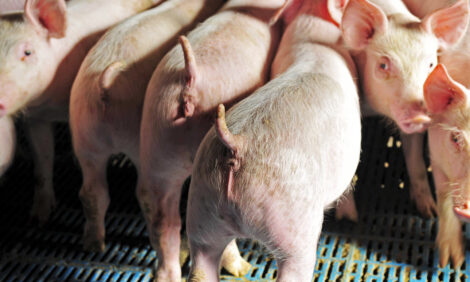



Researchers Investigate Manure Greenhouse Gas Emissions
DENMARK - It is currently not possible to quantify emissions of methane from livestock manure, which is a problem when countries are making commitments to reduce greenhouse gas emissions from agriculture.A new research article, published this week in the journal PLOS ONE, proposes a method which could be an important step towards measuring methane emissions and degradation processes associated with manure management.
The specific challenge is that the mainly liquid manure (slurry) is collected in pits under animal confinements for up to a month before exported to an outside storage tank, or for treatment. During this period degradation of manure organic matter begins and may lead to emissions of both methane and carbon dioxide.
However, animals in the house are also a source of both gases, and in practice emissions from livestock and their manure cannot be separated. As a result, the total emission of methane from manure in pits and outside storage tanks, and the degradation of manure organic matter, cannot be verified.
The new method proposed in the paper is based on laboratory measurements of methane production in liquid manure samples collected on farms. A simple model is used to calculate daily emissions. This model can then be used to evaluate effects of changes in management or treatment of the manure, for example biogas treatment.
Plans to further develop the method have been described in a new research proposal in collaboration with research institutions in Germany, Netherlands, Great Britain and Sweden, and a Swedish company.






